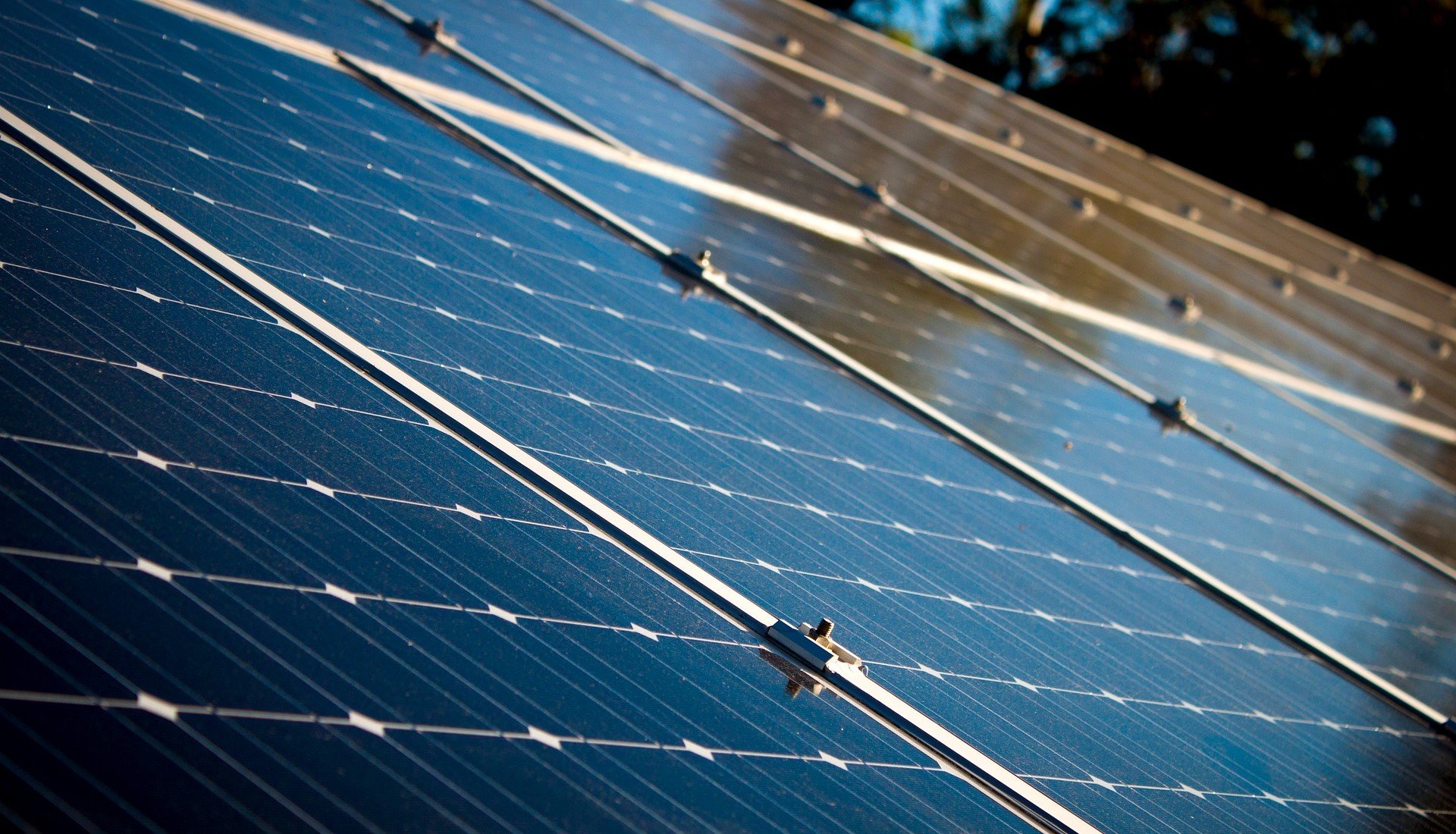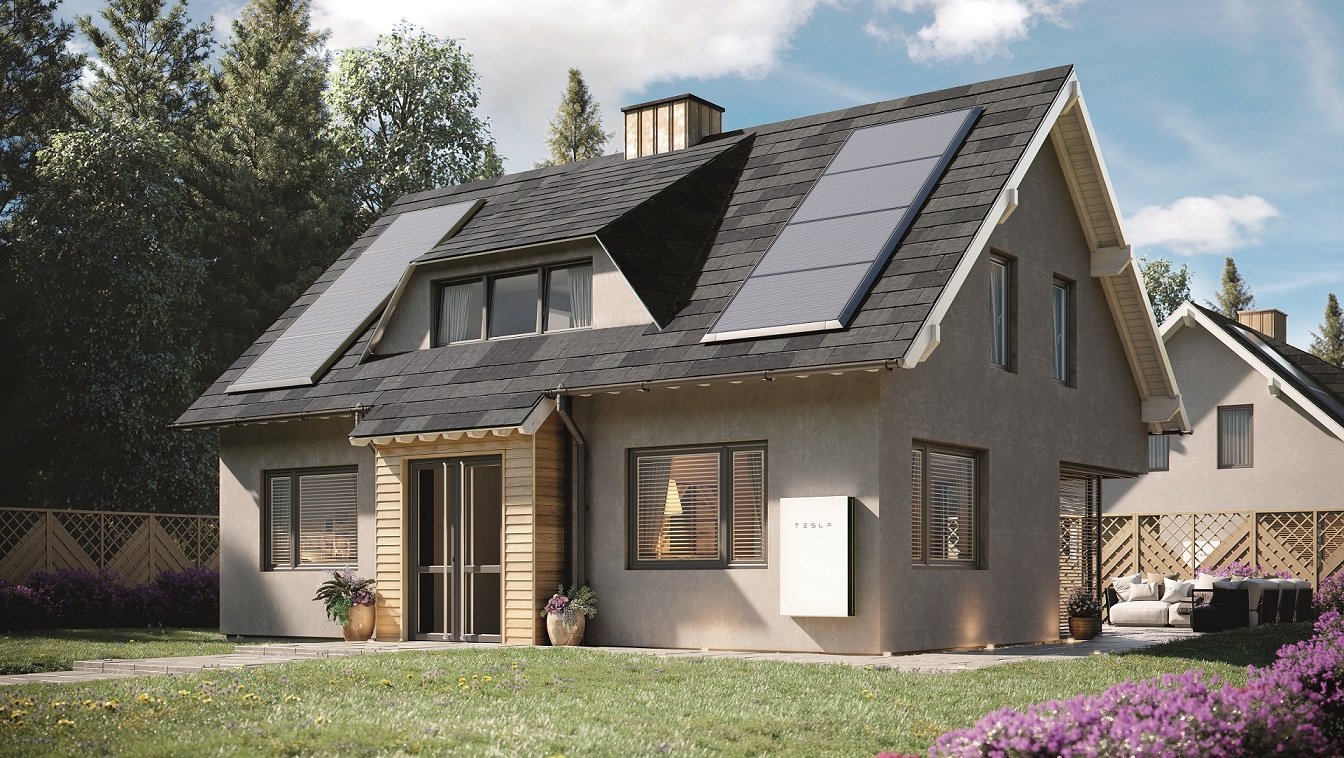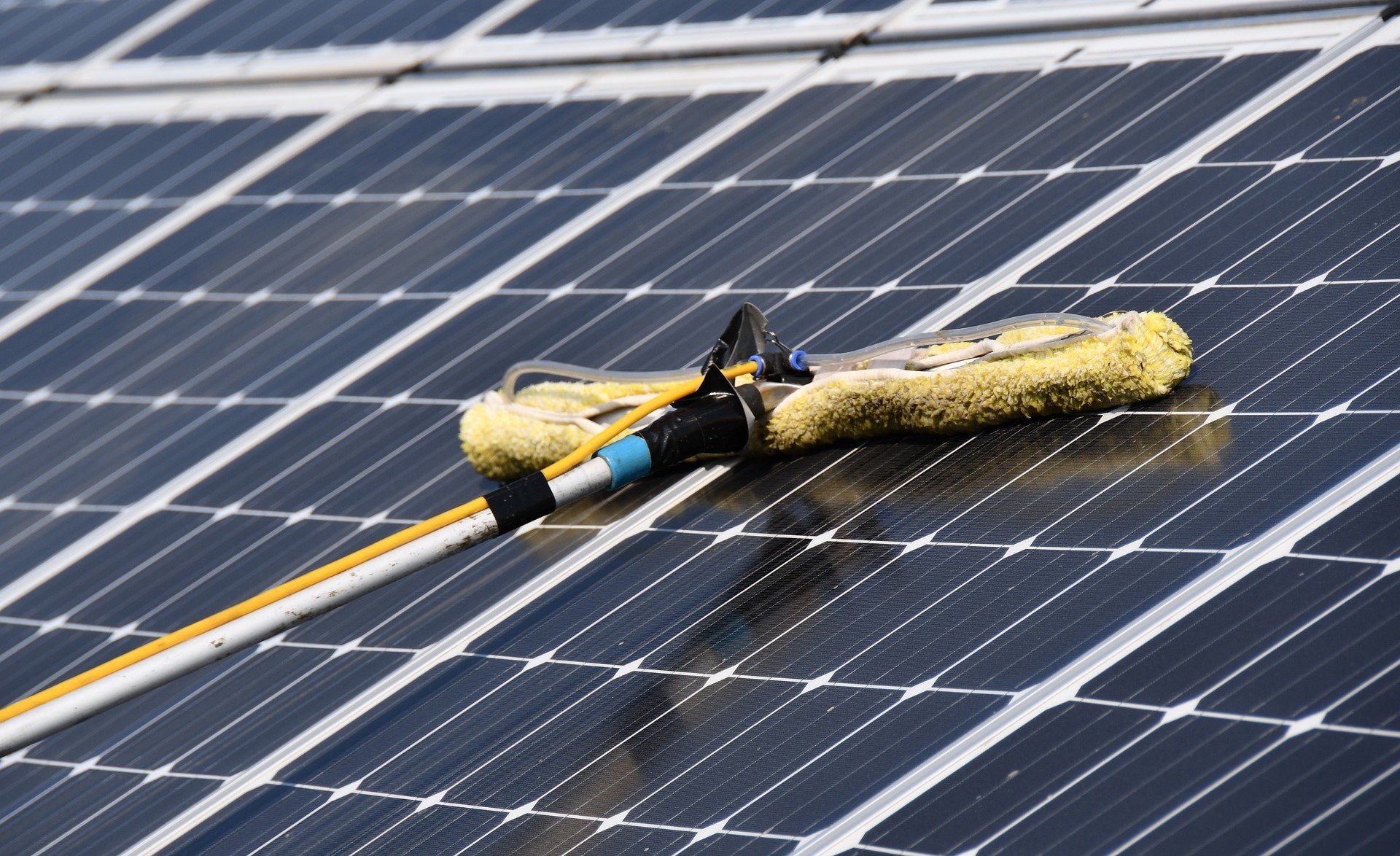

You're considering going solar, but now the big question... what is the average solar panel installation cost? As a ballpark figure, a standard 4kWp domestic system costs around £6,500 including VAT. Ballpark figures are good to gauge if solar PV is an option for you, but every system quote you get will be bespoke to your situation, for the many reasons we cover in this guide.
Here’s a breakdown for an average 4kWp system with a straightforward install. As we’ll see, these elements can vary depending on many factors, but as a rough guide:
|
Average cost (ex. VAT) |
Percentage of total cost |
|
|
Goods |
||
|
Modules |
£1,002 |
16% |
|
Inverter |
£667 |
11% |
|
Mounting kit |
£520 |
8% |
|
Electrical equipment |
£758 |
12% |
|
Services |
||
|
Scaffolding |
£800 |
13% |
|
Design & installation |
£1,965 |
30% |
|
Testing & commission |
£435 |
7% |
|
Structural survey |
£150 |
2% |
|
MCS registration |
£35 |
1% |
This gives a total system cost of £6,332 ex. VAT:
This system was quoted using 13 x JA Solar 435W panels, a Solis 4kW inverter and K2 mounting system on a concrete-tiled, single-orientation, rectangular roof layout.
For a personal quote, please do get in touch:
With most systems we offer, or advise, some optional extras such as:

Here are some rough prices using similar system specifications to the example above, assuming a straightforward installation on one roof face in a block array:
|
System size |
Number of panels |
Average cost (ex. VAT) |
|
1kWp |
3 |
£3,900 |
|
2kWp |
7 |
£6,200 |
|
3kWp |
10 |
£7,800 |
|
4kWp |
13 |
£8,900 |
|
5kWp |
16 |
£10,000 |
|
6kWp |
20 |
£11,500 |
|
7kWp |
23 |
£13,000 |
Since some components of the cost are affected more by system size (e.g. equipment) than others (e.g. scaffolding), the overall quote doesn’t scale linearly:
Using government data for average install costs across the country, we can see how the price has varied over the last decade:

Data source: BEIS.
You can see the clear spike in cost following the huge demand off the back of the jump in natural gas prices owning to the war in Ukraine in late 2022, with prices starting to go back down under the £2k mark at the start of this year. Prices now are in decline, but with energy costs due to rise again - now's still a great time to go solar and get ahead of an increase in bills. Overall, energy inflation is still far outstripping the recent increase in costs of solar panels, making installing solar panels a better and better financial proposition.
Solar PV is a significant investment, with many rewards, but you should always trust the company you’re hiring to install. If you get a quote that seems too good to be true, it probably is. Our industry has seen its share of scammers, so make sure to question a cheap quote:
While the vast majority of a solar installation is paid in the upfront cost, there are a couple of other future expenses worth bearing in mind:

Financially speaking, solar panels are absolutely worth the investment - often bringing a greater return than you’d get from putting your money in a savings account. You can get a return on investment of over 10%, which is non-taxable for individuals, and passive - it only relies on the sun.
Another way of looking at it is by comparing the lifetime cost per unit of electricity from solar with grid prices. Our latest calculations bring this to 9p/kWh for domestic solar vs a current rate of 22.36p/kWh for the average import (and an expected average of 42p/kWh over the next 25 years).
Solar panel payback is now as little as 5-10 years, which is pretty good when the system lasts 25+ years. The payback depends heavily on your choice of equipment, electricity usage and tariff. For a personal estimate, try out our solar calculator:
In the absence of subsidies, the best way to maximise the financial benefits of PV is by using your solar energy on site. The more you can displace usage of grid electricity (the price of which is rising year-on-year), the more you’ll save. But how do you do this?
Copyright © Spirit Energy 2026 · info@spiritenergy.co.uk · 0118 951 4490
Jobs and Careers
Interested in joining the Spirit team? Email jobs@spiritenergy.co.uk
Spirit House, 25 Albury Close, Reading, RG30 1BD
(Location formerly known as 44 Portman Road, Reading, RG30 1EA)
Spirit Energy is the trading name of Spirit Solar Ltd · UK Company Number 07138647
Although care is taken to ensure that the information on our website (www.spiritenergy.co.uk) and any guides, calculators or checklists provided by us, electronically or otherwise, are accurate and up-to-date, we cannot accept any responsibility for mistakes or omissions. We enter into no express or implied conditions, warranties, terms or representations regarding the quality, accuracy or completeness of the information. We exclude to the extent lawfully permitted all liability for loss or damage, whether direct, indirect or consequential arising out of your use of our website or any guides, calculators or checklists provided by us, or from any information or omission contained in our website or any guides, calculators or checklists provided by us.